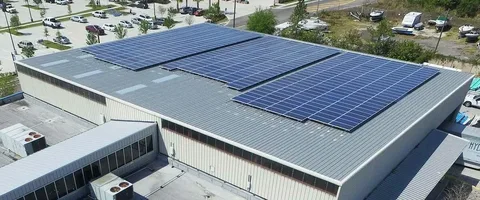As urban centers continue to grow, the demand for sustainable energy solutions becomes more urgent. One of the most promising technologies in this regard is commercial solar panels. However, while these panels offer a renewable energy source, it is important to assess the environmental impact of commercial solar panels in urban areas comprehensively.
Benefits of Commercial Solar Panels in Cities
Commercial solar panels contribute significantly to reducing greenhouse gas emissions by generating electricity without burning fossil fuels. In urban areas, where electricity consumption is high, these solar installations help lower the carbon footprint of businesses and reduce dependence on nonrenewable energy sources.
Additionally, solar panels can be installed on rooftops or unused urban spaces, which maximizes land use efficiency. This is especially valuable in cities where space is limited and expensive.
Environmental Considerations and Challenges
While the environmental impact of commercial solar panels in urban areas is generally positive, there are some challenges to consider:
- Manufacturing Footprint: The production of solar panels involves energy-intensive processes and the use of raw materials like silicon, silver, and other metals. The extraction and processing of these materials have their own environmental impacts.
- End-of-Life Disposal: Solar panels have a lifespan of around 25-30 years. Proper recycling and disposal are crucial to prevent hazardous materials from polluting urban environments.
- Heat Island Effect: Large solar arrays can potentially contribute to the urban heat island effect by absorbing sunlight and converting it to heat, although this impact is often less than that caused by conventional rooftops or pavements.
Mitigating Negative Effects
To ensure that the environmental impact of commercial solar panels in urban areas remains beneficial, cities and companies can adopt several strategies:
- Investing in research to improve the recyclability of solar panels.
- Encouraging the use of environmentally friendly materials in manufacturing.
- Designing solar installations that integrate with green roofing or reflective surfaces to minimize heat absorption.
Conclusion
The environmental impact of commercial solar panels in urban areas is predominantly positive, offering a sustainable energy alternative for cities struggling with pollution and energy demands. While challenges exist, ongoing advancements in technology and urban planning can mitigate these concerns, making commercial solar panels an essential part of the urban energy landscape for a greener future.



